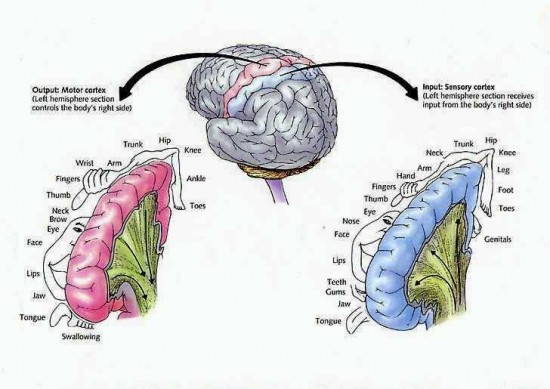 Children who are mixed-handed, or ambidextrous, are more likely to have mental health, language and scholastic problems in childhood than right or left-handed children, according to a new study published in the journal Pediatrics.
Children who are mixed-handed, or ambidextrous, are more likely to have mental health, language and scholastic problems in childhood than right or left-handed children, according to a new study published in the journal Pediatrics.
What is “normal”?
Normal is a child who develops dominance in one arm/hand or the other. Abnormal, is a child who appears ambidextrous. Parents would unwittingly marvel at this but in some cases it might be a red flag for poor brain development.
Ask your chiropractor whether your child’s neurodevelopment is on track.
Little is known about what makes people mixed-handed but it is known that handedness is linked to the hemispheres in the brain. Research has shown that where a person’s natural preference is for using their right hand, the left hemisphere of their brain is more dominant.

The right brain develops primarily in the first 3 years of life, has a more global perspective on the body and controls general functions on both sides. The left brain then comes online more acutely after 3 to develop fine motor control, which is why most people end up right handed.
The researchers behind the study, from Imperial College London and other European institutions, suggest that their findings may help teachers and health professionals to identify children who are particularly at risk of developing certain problems.
Around one in every 100 people is mixed-handed. The study looked at nearly 8,000 children, 87 of whom were mixed-handed, and found that mixed-handed 7 and 8-year old children were twice as likely as their right-handed peers to have difficulties with language and to perform poorly in school.
When they reached 15 or 16, mixed-handed adolescents were also at twice the risk of having symptoms of attention deficit/hyperactivity disorder (ADHD). They were also likely to have more severe symptoms of ADHD than their right-handed counterparts. It is estimated that ADHD affects between 3-9% of school-aged children and young people.
The adolescents also reported having greater difficulties with language than those who were left or right-handed. This is in line with earlier studies that have linked mixed-handedness with dyslexia.
Reference: Pediatrics Vol. 125 No. 2 February 1, 2010.
